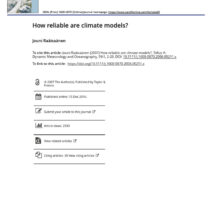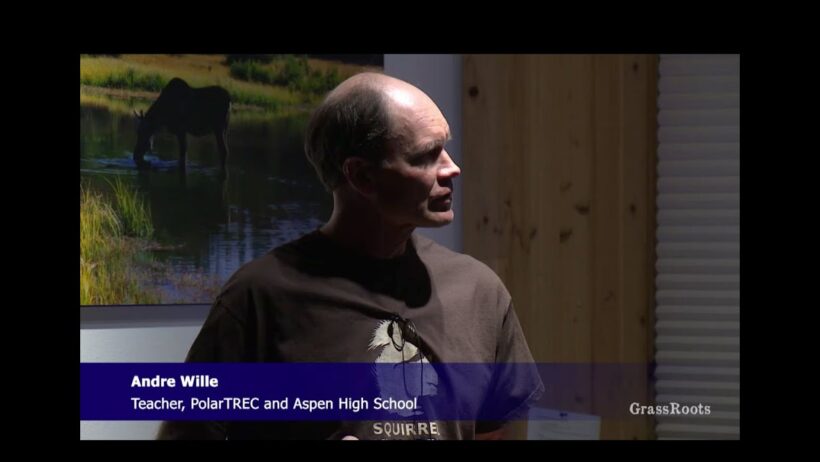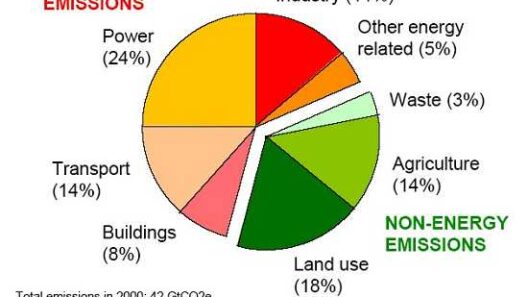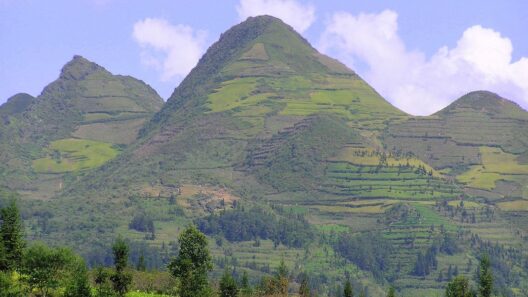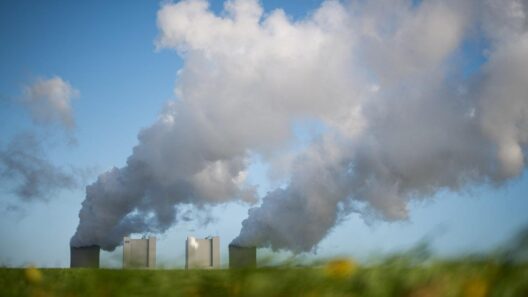What is climate like where Alaska Natives live? This is not just a curious question; it brings us into the realm of extremes, challenges, and the resilience of indigenous cultures. Imagine living where winter reigns supreme for months, and the landscape transforms into a frozen wilderness. The Arctic regions of Alaska present unique climatic conditions that shape not only the environment but also the very fabric of life for the indigenous peoples resident there.
The climate in Alaska’s Arctic is characterized by long, harsh winters and short, cool summers. Temperatures in winter frequently plummet below zero degrees Fahrenheit, while summers can experience periods of prolonged daylight. This condition creates what’s known as the “midnight sun,” where the sun doesn’t set for several months, dramatically altering the living conditions for its inhabitants. These extremes present both opportunities and challenges for the Alaska Native communities, historically relying on their surroundings for subsistence.
The indigenous peoples face stark climate variations characterized by high winds, heavy snowfall, and permafrost, which can complicate travel and hunting. Permafrost, a layer of permanently frozen soil, affects the ecosystem and infrastructure dramatically. Thriving during summer months when the ground softens requires a deep understanding of the land, as these populations must adapt to the seasonal shifts. Ingenious hunting and fishing techniques have developed, such as the construction of ice fishing holes and the art of tracking migratory animals across shifting landscapes.
One may wonder, how do traditional practices enable resilience in such extreme environments? Alaska Natives have long utilized their extensive knowledge of the land and wildlife for survival. They employ sophisticated hunting techniques, often based on generations of accumulated wisdom, and a profound respect for the natural world around them. This relationship underscores a crucial aspect of their identity and survival strategy and illustrates an adaptive mindset towards nature’s unpredictability.
However, the repercussions of climate change are looming ominously over the horizon. As global temperatures rise, the Arctic warms at an alarming rate—almost three times faster than the rest of the planet. This temperature spike leads to changes in precipitation patterns, affects wildlife migrations, and even alters the timing of the seasons. Such changes directly threaten food security, as many species integral to the diet and culture, like caribou and salmon, become harder to predict and locate. Fisheries that the communities depend upon are simultaneously facing overfishing and habitat disruption.
The dilemma intensifies with melting sea ice. Many Alaska Native communities are coastal, relying on the ice for hunting seals and other marine mammals. As traditional Inuit hunting territories become increasingly unstable, communities are faced with a choice: adapt to a new way of life or cling to traditions that may no longer be sustainable. This question not only tests cultural resilience but compels a broader examination of identity amidst change. Can one truly honor ancestral practices while adapting to the encroaching realities of climate change?
As warming oceans increase the frequency and intensity of storms, Alaska Native villages are increasingly vulnerable to flooding and erosion. Homes and infrastructure built on permafrost face dangers as the ground shifts and destabilizes. Relocation has become a reality for some communities, highlighting the urgent need for sustainable adaptation strategies. The existential threat posed by climate change inspires acts of solidarity and activism among Alaska Natives, who are advocating for their rights, their land, and future generations.
Despite these challenges, the resiliency of Alaska Natives remains remarkably vibrant. Innovative adaptation strategies are being developed, such as community-based monitoring of animals and environmental conditions, integrating new technologies while respecting traditional ecological knowledge. Moreover, cultural revitalization efforts are crucial in maintaining the rich linguistic and artistic heritages that help communities stay unified in the face of external pressures. Educational programs that intertwine traditional practices with modern scientific knowledge are also emerging as powerful tools for agency over their futures.
Climate impacts challenge the very notion of survival, yet Alaska Natives embody the spirit of innovation. By blending ancestral wisdom with contemporary advancements, they are redefining sustainability, a concept vital not just for their communities but for the world at large. The future of life in Alaska’s Arctic does not solely hinge on external assistance; it rests on the empowered and informed decisions of those who have navigated these landscapes for thousands of years.
In closing, understanding the climate that envelops Alaska Natives is crucial for appreciating their unique experiences and the trials they face. Their knowledge, resilience, and adaptation to the changing environment can provide important lessons for global conversations about climate change. When faced with the extremes, the Arctic teaches us about the delicate balance between survival and adaptation, inviting everyone into a larger dialogue about preserving our planet.

